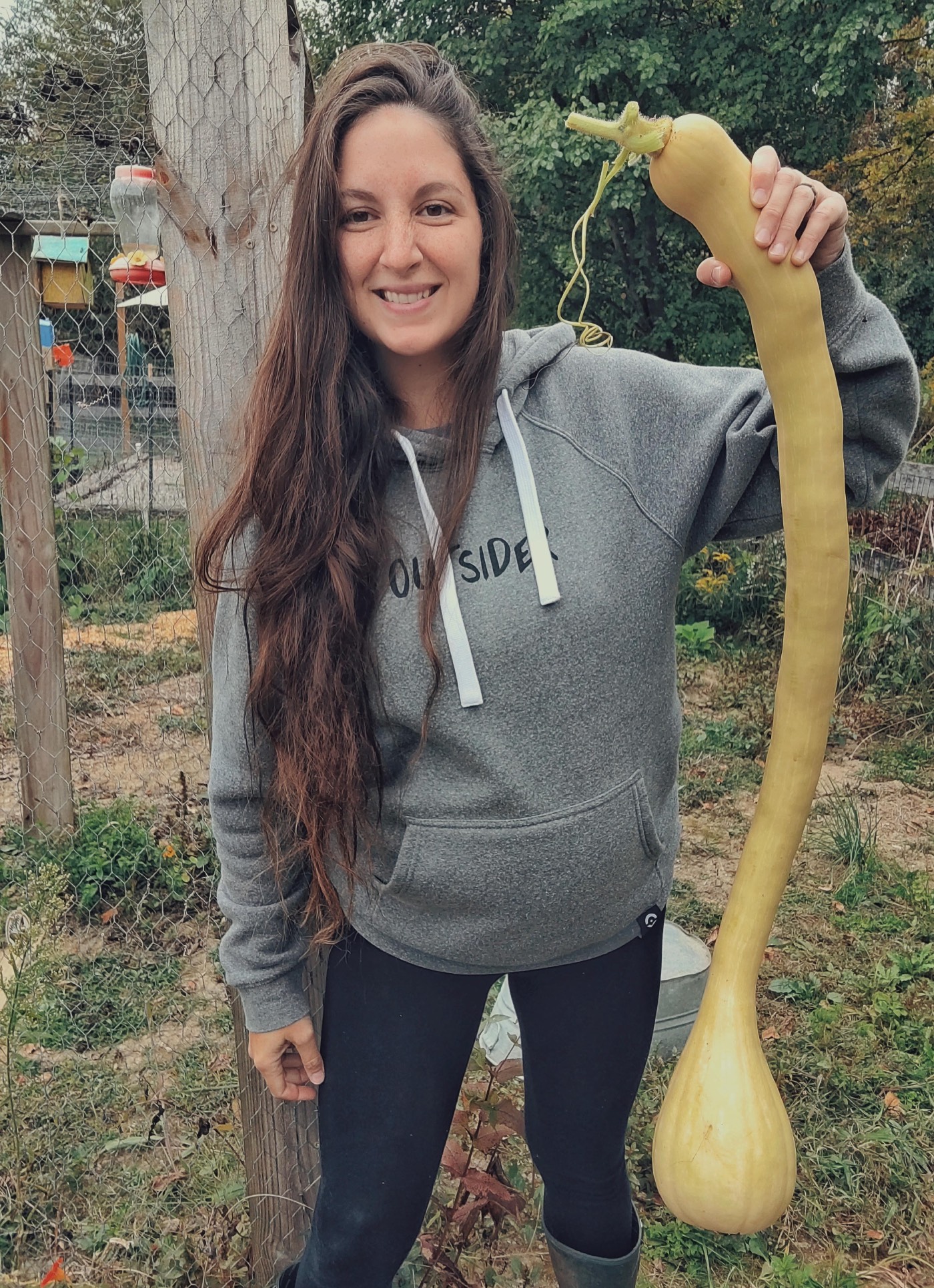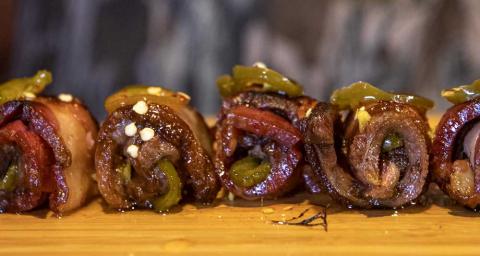
By Beka Garris
Store shelves are currently lined with brightly colored Halloween and Thanksgiving decorations, indicating that Fall is finally here. Yet for some of us, the real indicator of Fall is tree stands being hung and camo being aired out as deer season opens.
For many homesteaders and gardeners the coming of cooler weather doesn’t just mean trying to put meat on the table; it means that Fall gardening is well underway and harvest season is around the corner.
If you’ve never planted a Fall garden before, here’s your sign: do it next year, or even this year if you live in a warm climate! You will not regret it. Planting a fall garden means that you can double your vegetable yield for the year, and you can plant many veggies that don’t thrive in the summer heat.
As someone who loves both gardening and hunting, I tend to plant my Fall crops with wild game in mind. What veggies are going to need minimal care during hunting season, and what veggies might compliment wild game dishes?
A few of my favorites are:
Pumpkins
Butternut squash
Turnips
Radishes
Peas
Lettuce
Kale
Beans
However, the list of cold weather crops is a lengthy one! Winter Squash and root vegetables can sit out in the garden in colder temps for quite some time, and can be stored indoors in a cool dry place for months on end. Many others crops can be frozen or canned, ensuring you have garden produce until spring. One of my favorite things about a second planting is having fresh lettuce for months, even into the frost dates, without it wilting or going to seed.
Planning for Your Fall Garden

Most Fall gardens require planning ahead – counting backwards from frost dates or when you know you’re going to get extremely cold temperatures. Often Fall planting begins in August and September for the best harvest yield. When summer plants start to reach the end of their life and turn brown, it’s a good time to rip them out and replant for Fall.
Keep in mind that when ripping out old plants such as beans or corn that deplete your soil, you should be sure to add nutrients back into your garden before planting. This can be done in several ways; you can use natural nutrients and resources such as compost, manure, or simply adding more soil and tilling it under. Or, you can add plant food, fertilizer etc to the ground before planting. You would be surprised how many nutrients are stripped from the ground from planting crops, and adding back to the soil will ensure strong and healthy plants and a vibrant crop.
If you’re unsure of how much time you have before your first frost date, you can grab a farmers almanac from a feed store, or simply go online to The Farmers Almanac. Either of these sources will allow you to search by your zip code or planting zone and give you an estimated date of first (and last) frost.
You will also want to pay attention to the “Days til harvest” number on your seed packets, or if you’re planting vegetable starts, the amount of days until harvest on the tag. Vegetables such as radishes and many lettuces will be ready within 30 days. Other crops such as squash and pumpkins take longer, but can also withstand some light frost. Keep in mind the first frost date will be an estimate, not a hard rule. You may have more time before the first hard frost, or less time.
While many people tend to forget about a “second” planting season, a Fall garden is nothing new. For hundreds of years folks depended on farming or gardening to get them through the winter and provide them with food, and this included taking advantage of as many planting seasons they could get. Many Native Americans relied heavily on their own gardens to get them through the cold weather, and pumpkins and squash were a huge part of their diet – particularly tribes in the Northeast. Many of us are familiar with the “Three Sisters”: corn, beans and squash/pumpkins. Winter squash was also one of the first vegetables brought back from the Americas because of its versatility and it’s ability to keep for long periods of time.
Even if you’re a die hard hunter who spends much of your spare time in the woods, it’s a rewarding feeling to spend time kneeling in the dirt tending vegetables for a few minutes each day. Growing your own food in the Fall is (almost) as good as shooting your own food.
Easy Pumpkin Cornbread Muffins

This recipe is lightly sweet and slightly reminiscent of pumpkin without being overpowering. They make a great side to chili, soup, or even thanksgiving dinner – and would be a great way to make cornbread stuffing.
Ingredients
1 cup squash, cooked and pureed in blender
2 eggs
½ cup packed brown sugar
1/3 cup vegetable oil
2 Tbsp molasses
1/3 cup milk
½ tsp cinnamon
1 tsp salt
1 Tbsp baking powder
1 cup cornmeal
1 cup all purpose flour
Instructions:
- Preheat oven to 375F Grease and flour a muffin tin, or use paper muffin liners.
- In a large mixing bowl, whisk the first 8 ingredients together
- Add in the baking powder, corn meal, and flour, mixing until just combined.
- Use a standard ice cream scoop to fill the muffin cups fairly full
- Bake for about 20-22 minutes until the muffins are fully risen. Try not to over bake as they will dry out.




























